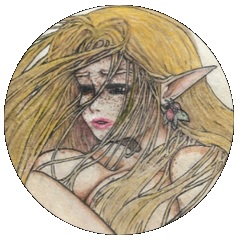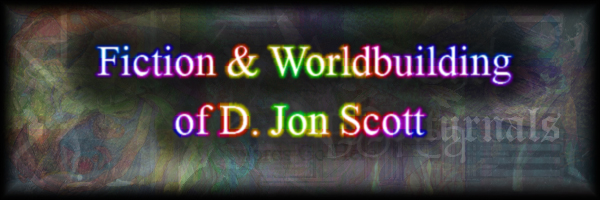
The Book of Rowans
Copyright � 2002-2017 by Dustin Jon Scott
[Last Update: Decemberrd, 2017]
Like most Palaeoboreanic epics, The Book of Rowans follows a fairly typical Palaeoboreanic narrative structure, containing an antegesis (pre-story), imegesis (in-story), diegesis (through-story), and exegesis (out-story).
Sections
Terminus
She sings Her song eternal,
He inspires the breaths of the wight,
He reaps the fields most fruitful,
She indwells the dark of the night.
She plucks bald the trees in the autumn,
and He returns them their leaves in the spring,
She expires the chilling of winter,
the Matrix of each living thing.
And Mator be Him in the summer,
and predator stalking His prey,
the substance beneath all of Nature,
the Choosers of each our last day.
By Mortality’s gift do They curse us,
and by Mortality lovingly bless,
with each waking breath They ensoul us,
and with last heart’s beat They caress.
How simple this truth that They teach us,
that by Mortality’s kiss I have learned:
The fires that die out the quickest,
are those fires that most brightly burned.
¶XLII. “Gaya is all that She is, whether acme high or lowly dregs.”
“By ‘acme high’, dost thou not truly say ‘at furthest reach of outstretched arm’? And by dregs dost thou not mean our Mother Gaya’s breast? I say to thee, we are the very daughters of our Mother deep, yet no longer do we reside at Her teat or in Her womb, where the worms and mortals dwell and whence of old our fate so lonely turned. Why are we, the sprights of Nature Herself, to dwell cast so far outside our Mother’s ___? Why, whenas the lowliest of wight and beast and bird are kept most closely to Her?”

